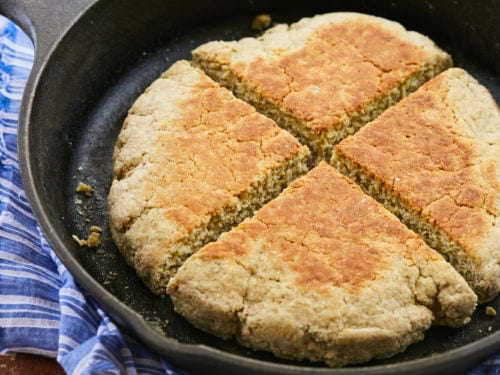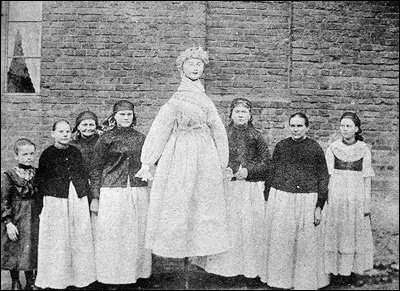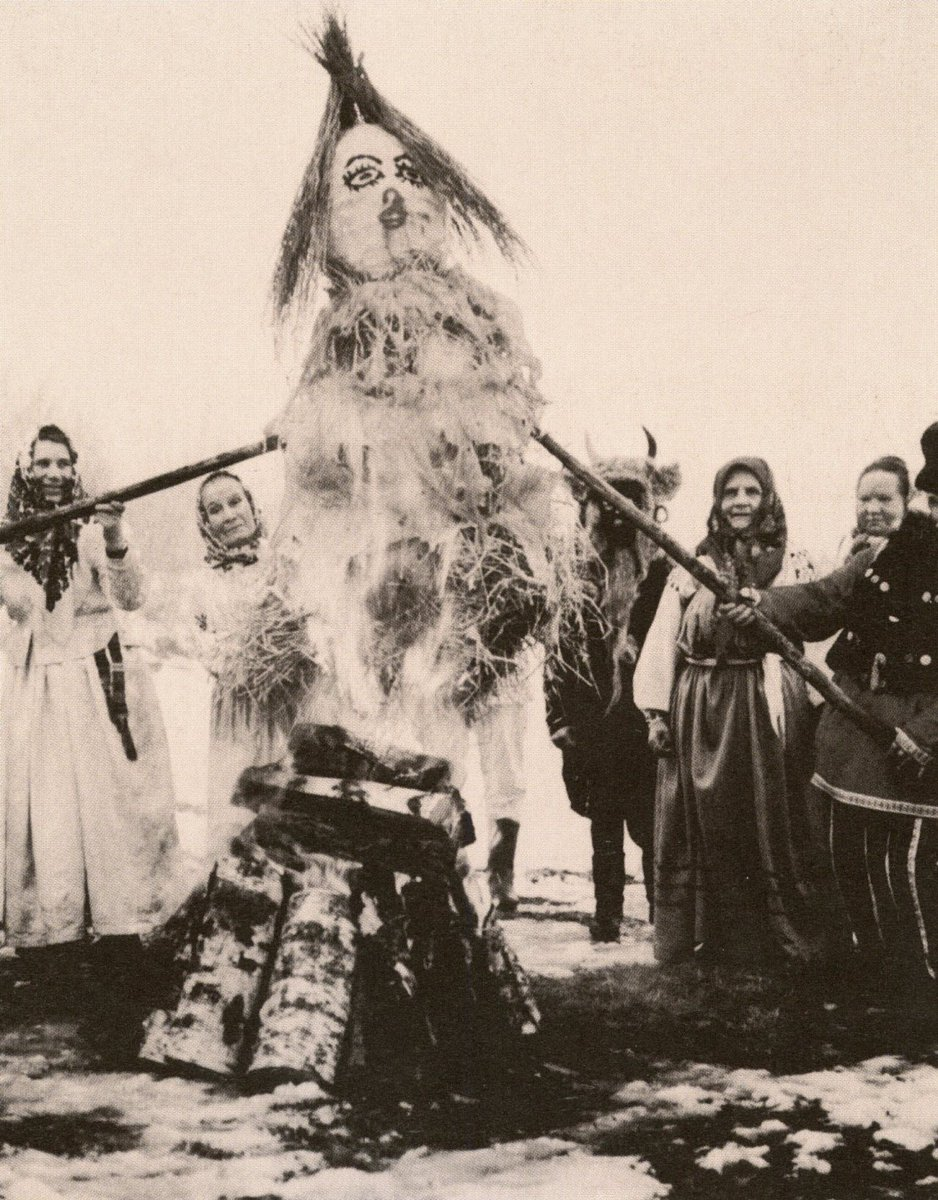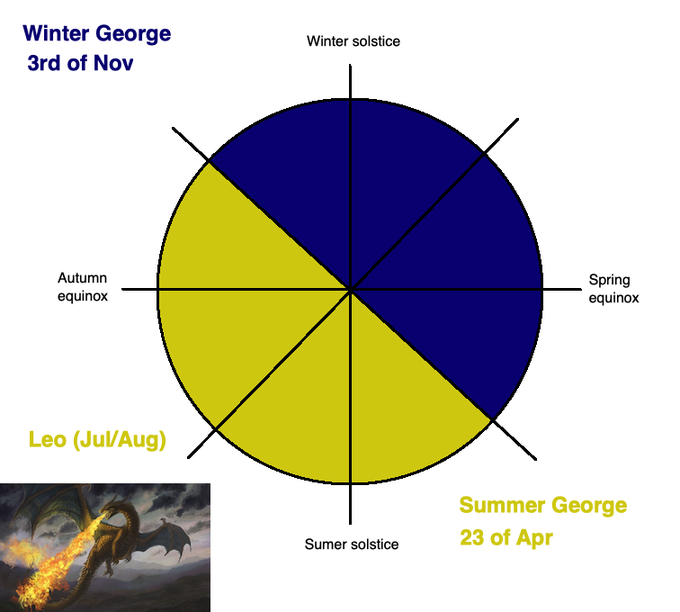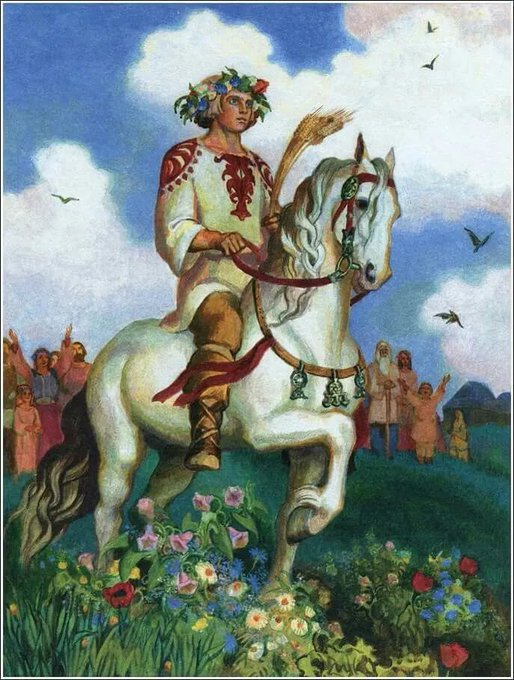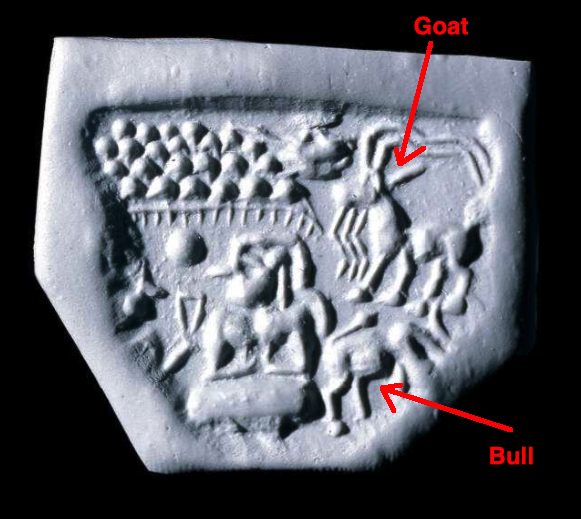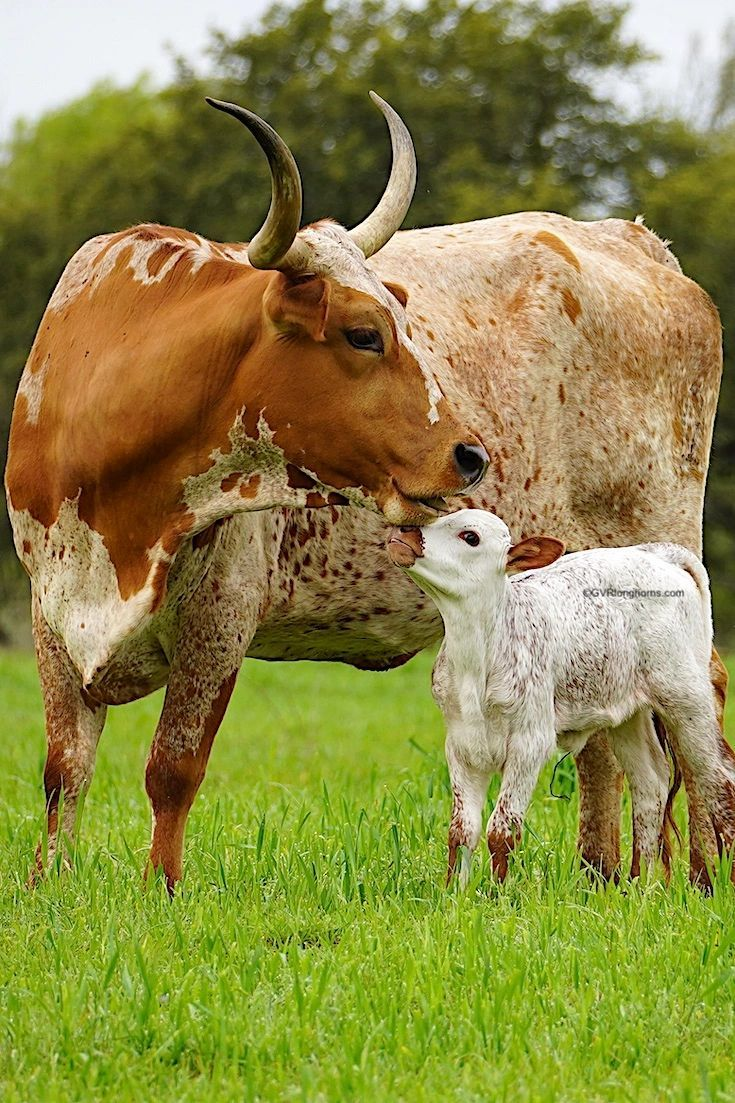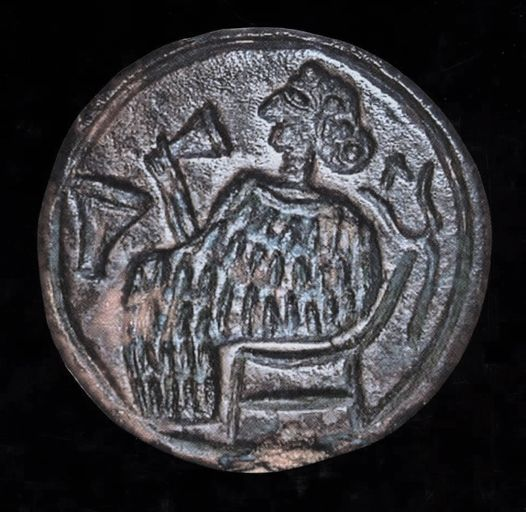Fighting men in hairy trousers from Guimiliau Church, Brittany. A short article about the evolution of my idea of how God Pan was created...
When I first saw this relief, I immediately thought that these guys were shepherds wearing trousers made from sheep or goat skin. Like the ones this shepherd is depicted wearing on a medieval fresco from Serbia.
"Racka" (pronounced "ratzka" meaning Serbian, from medieval name for Serbs: Raci) sheep depicted on the fresco called "The birth of Jesus" from the Serbian monastery Pećka patrijaršija c. 1346...I talked about this type of sheep in my post "Racka sheep"...
Shepherds from Eastern Serbia, 20th Century, still wearing the same trousers...
But then someone pointed to the fact that the two hairy legs dudes from Brittany actually seem to have hooves...So then I started wondering were these really just shepherds, or...
So I remembered how in my post "Pan" I asked: "Is this what the Greeks turned into Pan, the god of the mountain wilds, shepherds, flocks?"
In Greece the worship of Pan began in Arcadia which was always the principal seat of his worship. Arcadia was a district of mountain people, culturally separated from other Greeks.
Shepherd deity, the protector of flocks would be imagined by shepherds like a shepherd, dressed the way shepherds dress, which includes the fleece trousers.
If you didn't know what you were looking at, you could be forgiven for thinking that you were looking at a man with goat legs when you saw one of these highland shepherds for the first time in a distance...
And this is how myths are made...
But then I learned about Ibex goats and the ferocious, loud male fights for females which take place every winter on mountain tops.
And so I thought, maybe this is the origin of the Pan legend?
These wild goats are huge, and when standing on their hind legs they tower over any human. And if you didn't know what you were looking at, you could be forgiven for thinking that you were looking at a huge men (gods) with goat horns and goat legs...
Finally, I learned about Animal Calendar Markers, which were created from the mating or birthing seasons of animals to mark the time of the year when these reproductive events take place...
Like the Animal Calendar Marker "goat", which marks "Oct/Nov" because in Eastern Mediterranean/Western Asia, where this calendar marker first appeared, Ibex goats start mating in Oct/Nov...
Now in Eastern Mediterranean/Western Asia, Oct/Nov is the beginning of the rain season. And because every year the rains arrived when ibex goats started their mating season, to the local people ibex goat became an animal calendar marker for the beginning of the rain season...
And soon, ibex goats became mythical goats of rain which flanked the tree of life, like on this Bactrian bronze stamp, dated to 2400BC-1600BC...I talked about this stamp in my post "Bactrian bronze age menorah"...
And then these mythical goats of rain were turned to mythical gods of rain with human bodies and goat heads. Like this one from Tell Brak, dated to 3800-3600BC. I talked about this stamp seal in my post "Goat petroglyphs from Iran"...
I talked about symbolism of ibex goats in Iran, Mesopotamia and Levant in many of my posts, like:
Iran:
"Flamingos from Susa", "Goat carrier", "Iranian goat of rain", "Strider", "A vessel from Tepe Hissar"...
Mesopotamia:
"Feast plaque from Louvre", "Green pastures", "Problems with Abzu", "Relief from Dur Sharrukin", "Goatfish"...
Levant:
"The tree of life/light", "Lachish animal calendar"...
Eventually, this deified goat arrived to Greece, where it became known as Pan...The goat god of wild, green nature...I talked about this in my post "Pan goat of rain"...
I also talked about symbolism of ibex goats in Europe in:
"Pitys", "Goat in European culture", "Patera of Rennes"...
And then, we arrive to Zeus, the bringer of rain, who once "rode on a goat". What do you get if you clothe Zeus in a goat skin? Holy Ibex Goat, the bringer of rain, of course...
Figurine from Cyprus, depicting Ba’al/Zeus riding a Goat (600-400 BC). From my post "Goat riding thunder god"...
For more about ancient animal and plant calendar markers (which were the key used for decoding all this stuff), check these blog posts oldeuropeanculture.blogspot.com/search?q=%22an then check my X threads I still didn't convert to blog post. I am way behind...
























